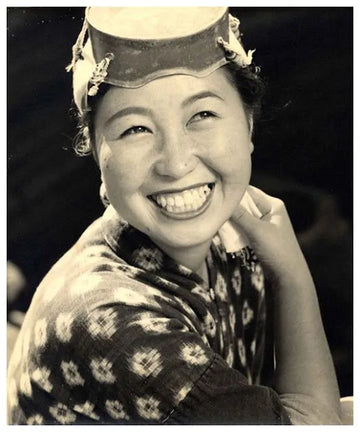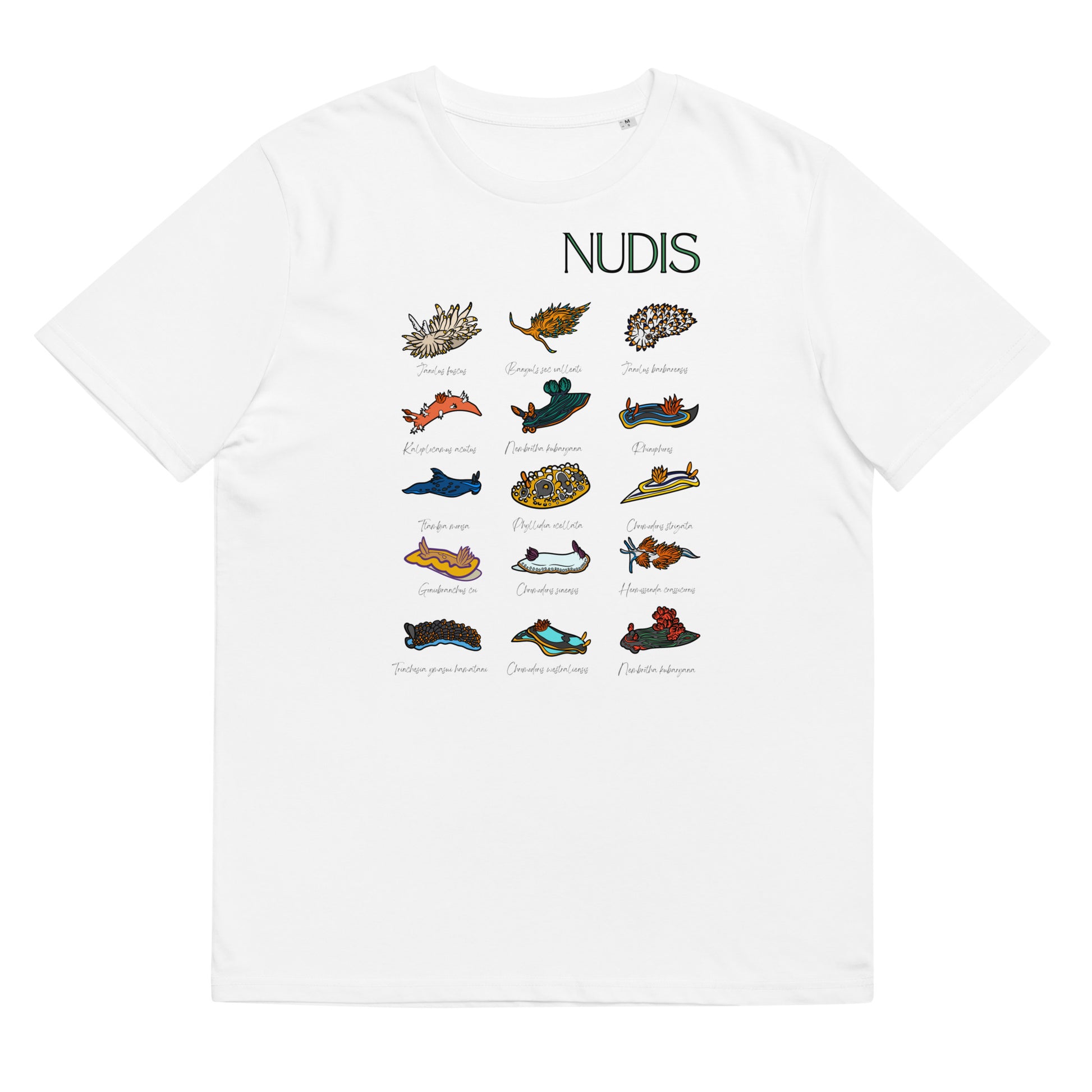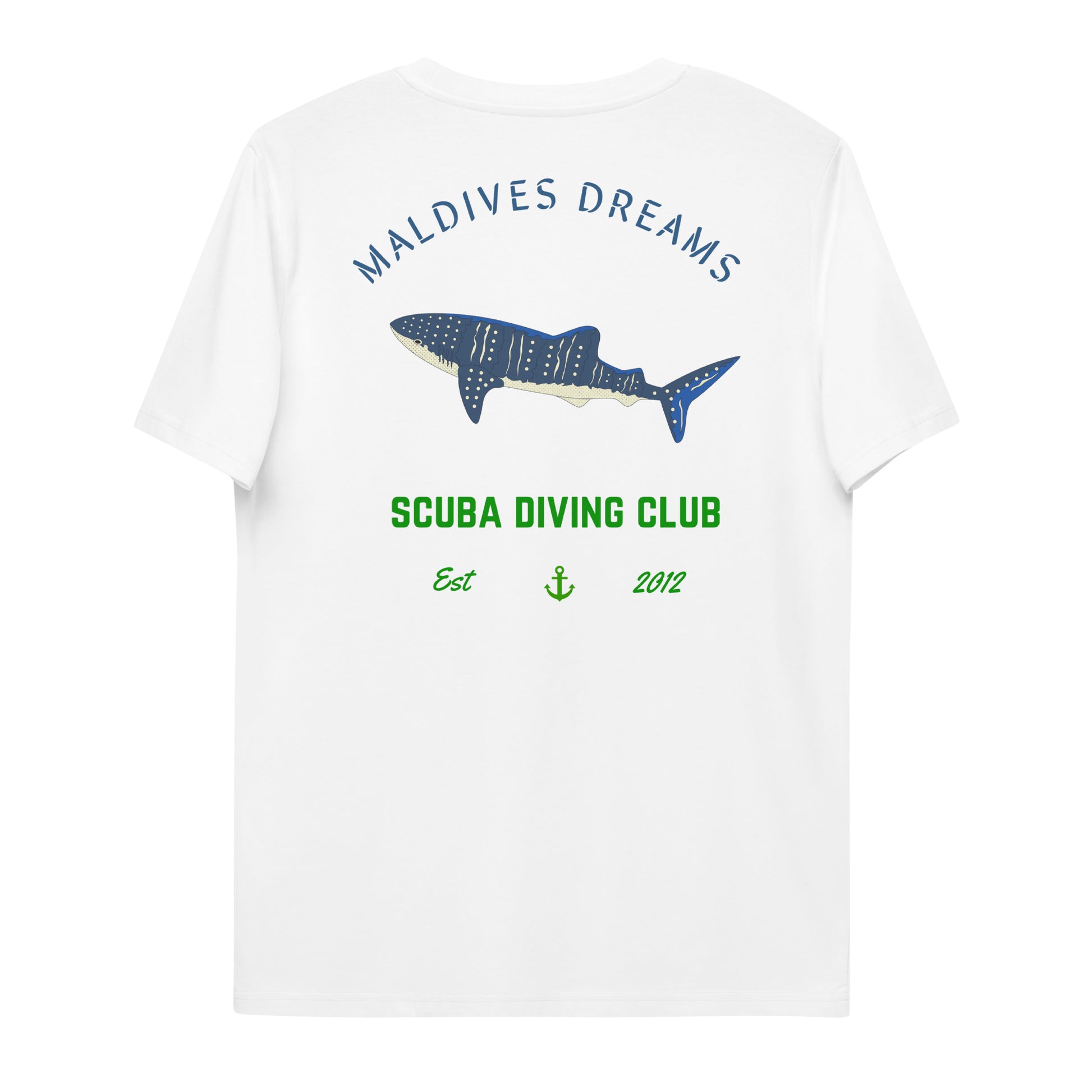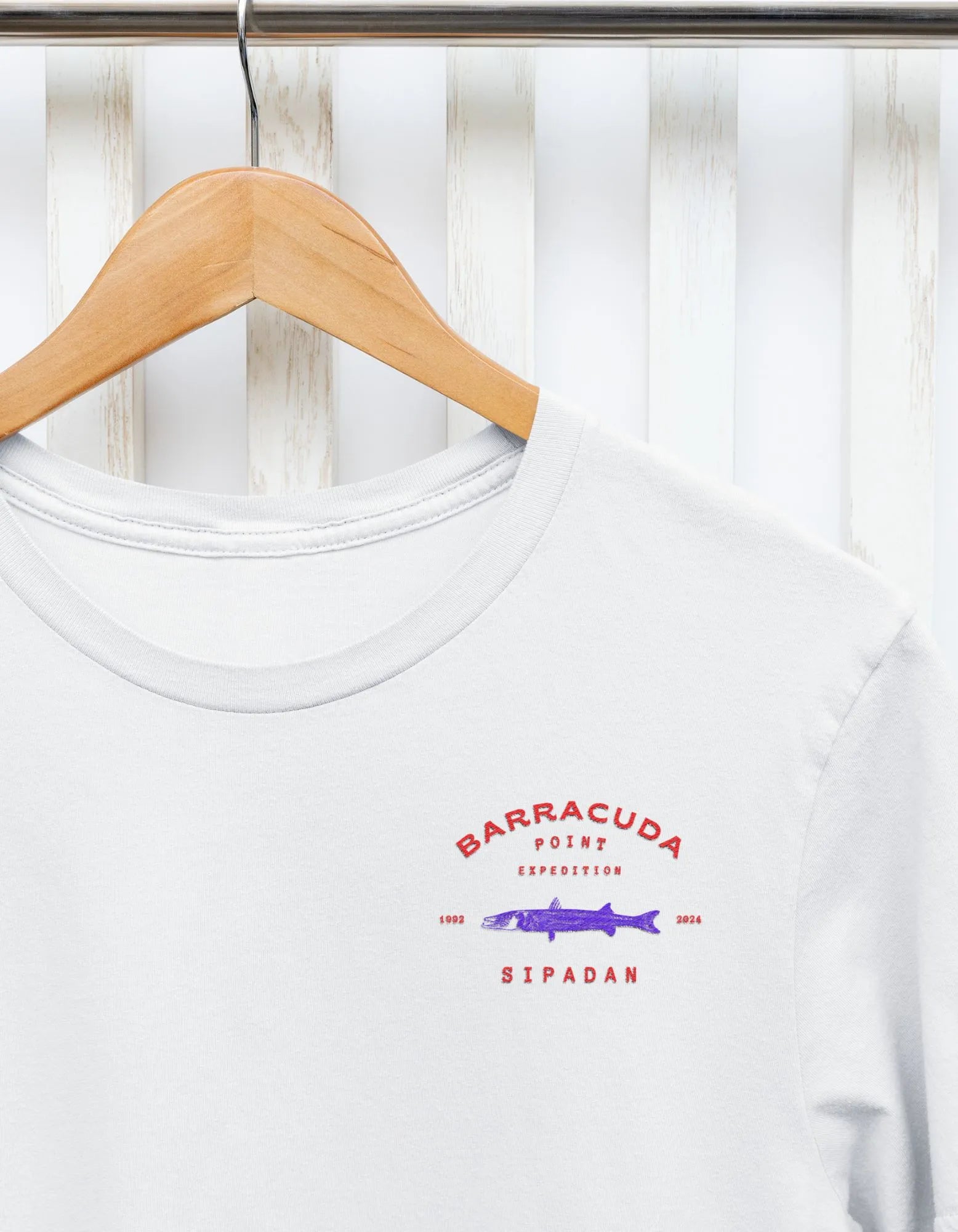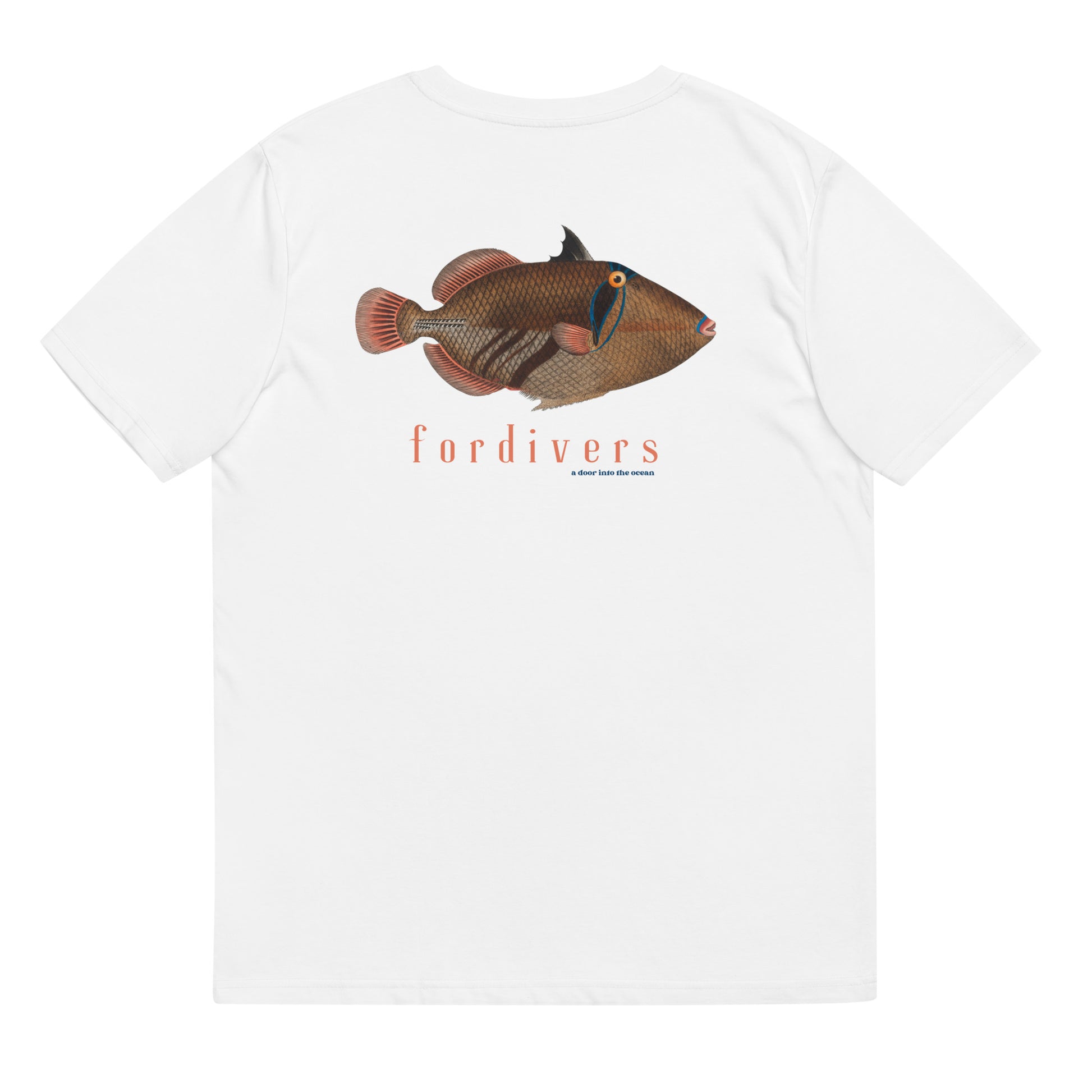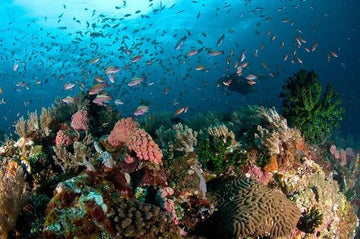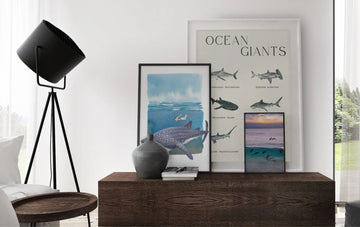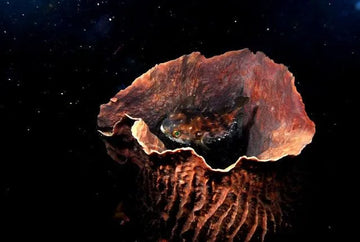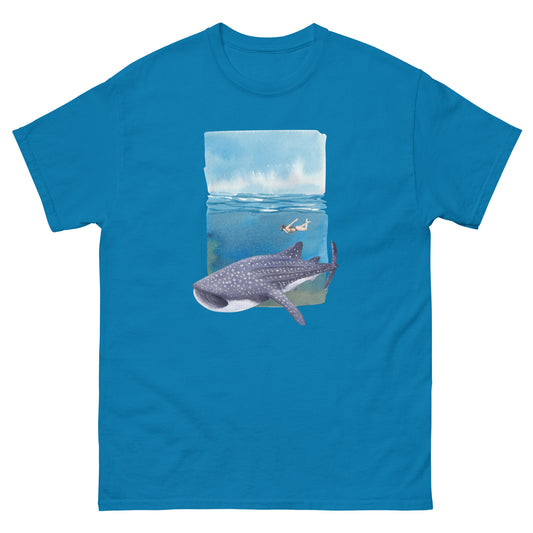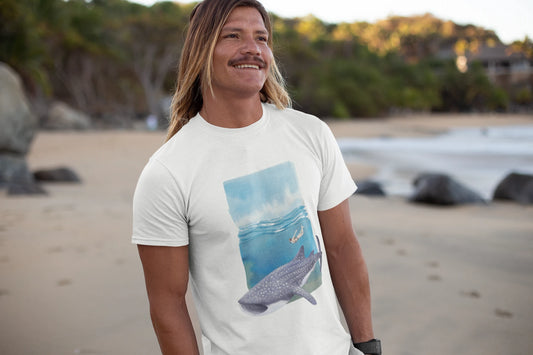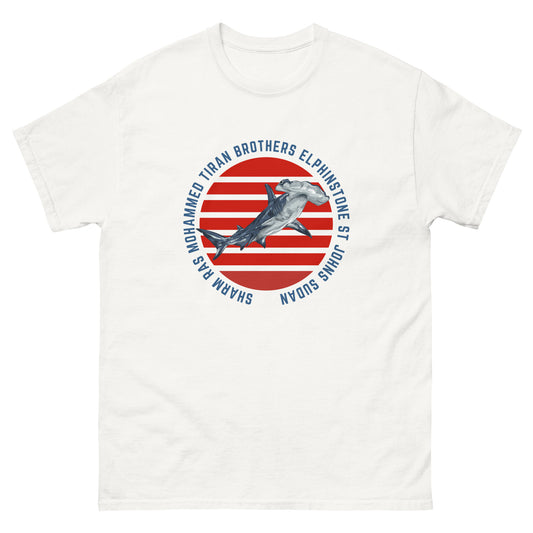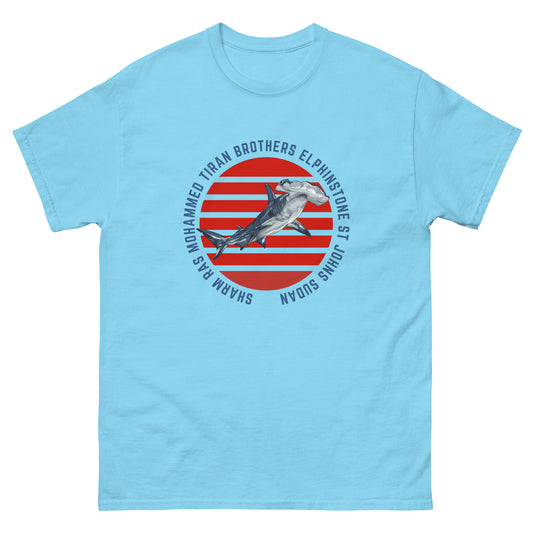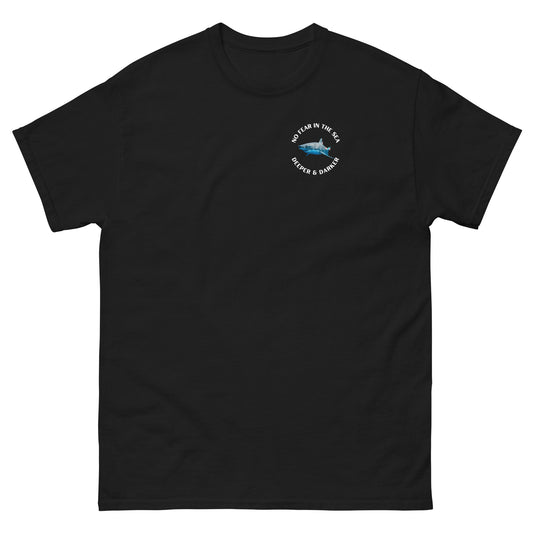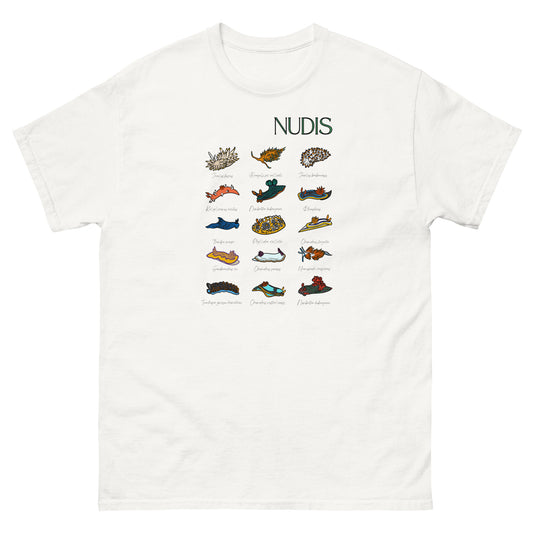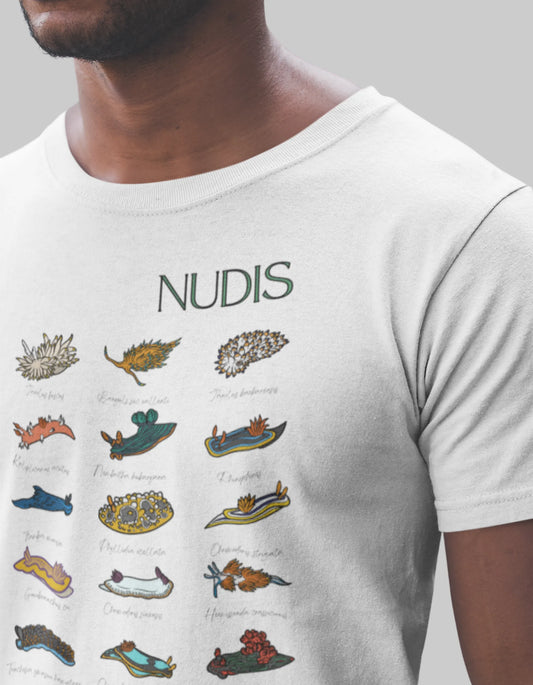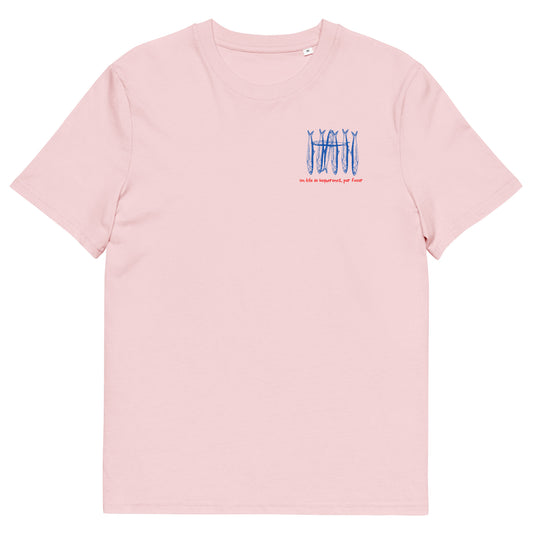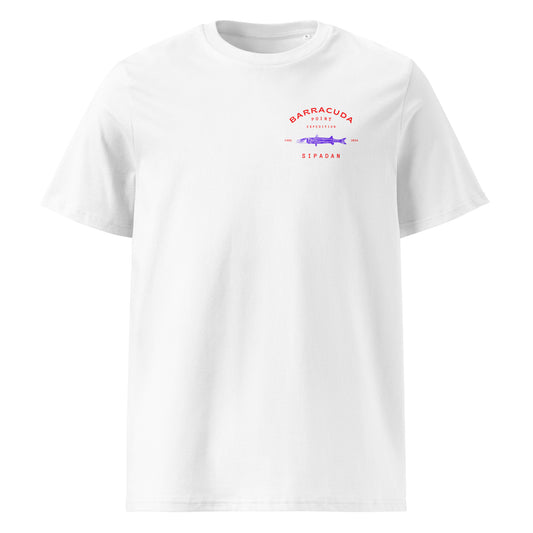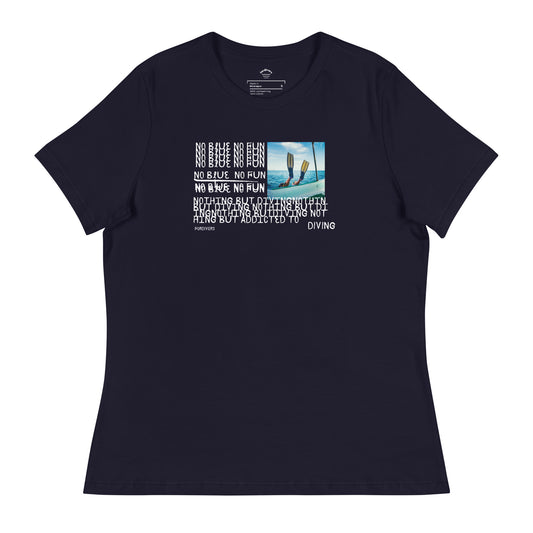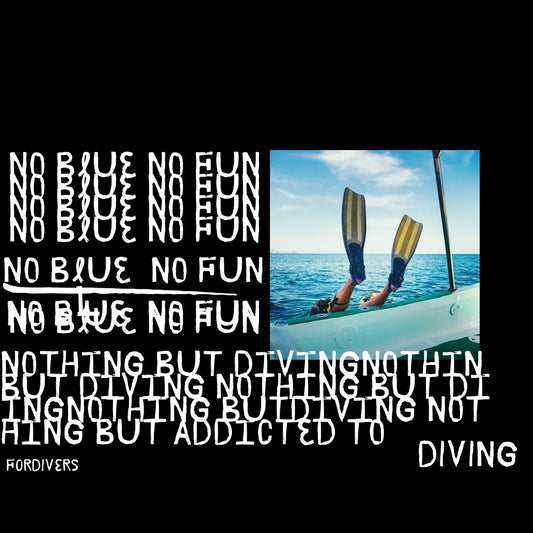For nearly two thousand years, in various fishing villages in Japan, an exclusive job for women with great talent for breath-holding and underwater fishing now known in the West for practically diving naked. Oysters (which occasionally brought pearls), sea ears, lobsters, sea urchins, octopuses, seaweed, and the occasional fish within reach were the main targets of these scale-less mermaids who descended to depths of up to 10 meters on a single breath.

These fearless divers were known as Ama (海女 in Japanese) and some of them still remain, nearly 90 years old, diving with lung power as tradition and common sense dictate, albeit in different attire. A millennia-old practice, a perilous job, requiring physical fitness, courage, and skills that many of those who now dive with spears, fins, masks, and specialized suits would envy... and if lucky, they might catch a grouper or an octopus. Can you imagine working in the Pacific some 300 years ago, when the ocean was commonly inhabited by sharks? How did these women carry out their work back then, when there was nothing remotely similar to the diving masks used today?
This livelihood, common in fishing villages for so long, was documented in the mid-20th century by artist Iwase Yoshiyuki, who returned to his childhood fishing village facing the Pacific Ocean, Onjuku, to photograph these athletes when the traditional fishing labor of the Ama was still thriving. His collection of photographs is one of the few remaining documents of this fishing practice.

Young divers (some of them began this work as children, trained from the age of 13) plunged into the ocean (the most talented could stay underwater for up to 4 minutes at a stretch), coming up to breathe for just a few seconds... repeating the process up to 60 times three times a day.
T-shirts for ocean lovers
VIEW MORE T-SHIRTS FOR DIVERS
After each exhausting session, they would emerge onto the beach, eat heartily, and gather around a fire tended by the group of Ama taking their turn. Somewhat drier and with slightly less tense muscles, they would return to the ocean to repeat the process.

This fishing technique was exclusive to women as it was believed that they could endure the cold better than men, both outside and in the water, and could hold their breath longer than men. It also allowed them to earn much more money during the collection season than any man from the neighboring villages could make in a year.

By now, you might be wondering about the need to dive half-naked, right? The reasons are mainly for comfort. Cotton suits, besides being uncomfortable underwater, didn't allow the body to dry quickly by the fire after plunging into the cold waters of the Pacific, potentially going back into the water while still damp. Synthetic fabric suits like neoprene were invented towards the end of the decade when these images were taken, and they were certainly not affordable or accessible to Japanese village women of the 1950s. So, most Ama managed perfectly fine with a simple mask, a pair of fins, and a small pair of pants or loincloth.

Japanese ama continuing to fish with traditional methods today
After World War II, with the return of tourists to Japan and the surprise of finding dozens of partially naked women, the Ama were required to cover up, and in the words of Yoshiyuki himself, "the simple, even primitive beauty of the Ama" was lost.
T-Shirts for Ocean Lovers
SEE MORE T-SHIRTS FOR OCEAN LOVERS
Even today, some of them, much more covered up, continue to dive along the coasts of Japan in search of the gifts of the sea.




Sources:
https://www.messynessychic.com

